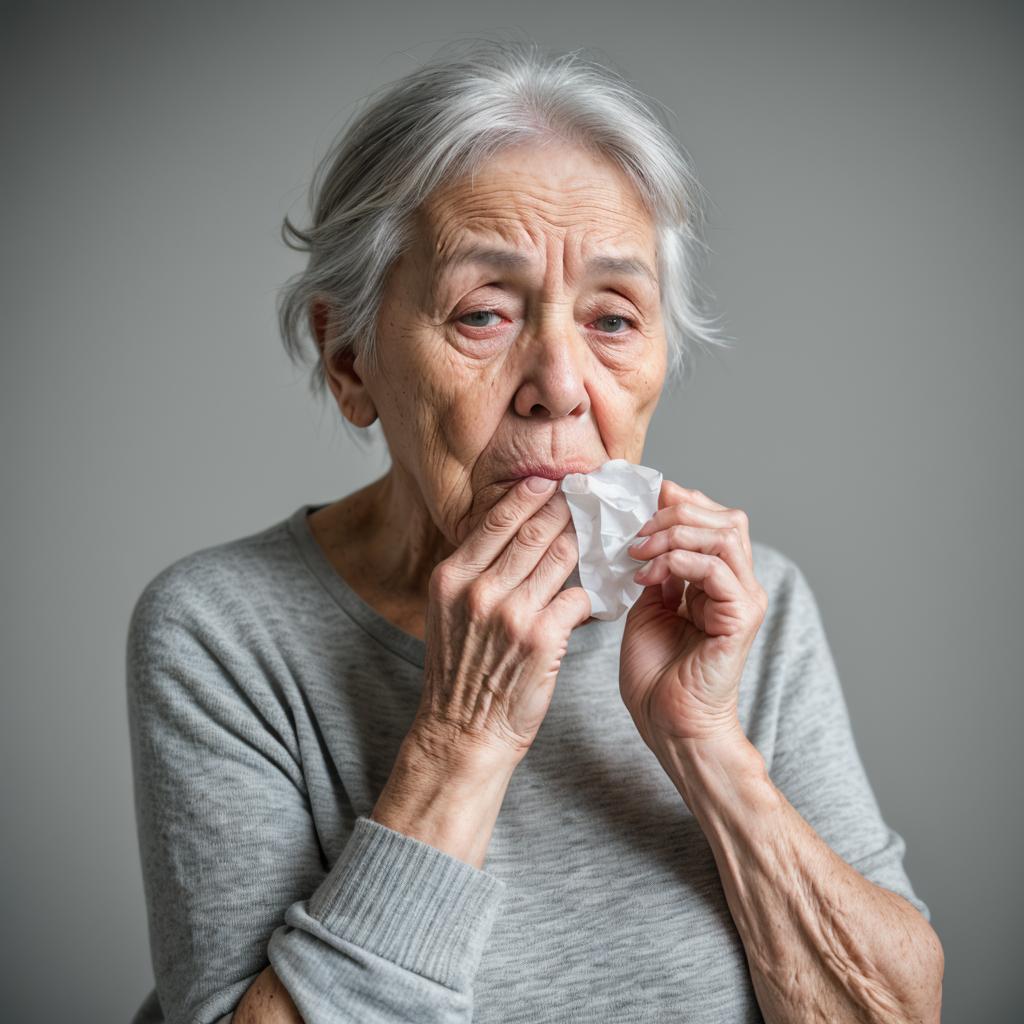
Dog shampoo allergy is a common concern among pet owners, as canine skin reactions can cause discomfort and distress to our beloved furry companions.
Just like humans, dogs can develop allergies to certain ingredients found in shampoos, leading to itching, redness, and other skin issues. Understanding the causes, symptoms, and treatment options for dog shampoo allergies is crucial for maintaining the health and well-being of our pets.

Causes of dog shampoo allergy
Dog shampoo allergies can be triggered by various factors, including:
Chemical Ingredients: Many commercial dog shampoos contain harsh chemicals such as parabens, sulfates, and artificial fragrances, which can irritate sensitive canine skin.
Allergens: Dogs may be allergic to specific ingredients in shampoos, such as certain fragrances, dyes, or preservatives.
pH Imbalance: Using shampoos with an inappropriate pH level for dogs can disrupt the natural balance of their skin, leading to irritation and allergic reactions.
Symptoms of dog shampoo allergy
The symptoms of a dog shampoo allergy can vary depending on the severity of the reaction. Common signs include:
Itching
Redness
Inflammation
Dry, flaky skin
Hair loss
Hot spots
In severe cases, dogs may develop secondary infections due to excessive scratching and biting of the affected area.
Preventing dog shampoo allergy
To prevent shampoo allergies in dogs, consider the following tips:
Choose Hypoallergenic Shampoos: Opt for hypoallergenic dog shampoos that are free from harsh chemicals and known allergens.
Read Labels: Always read the ingredients label carefully before purchasing a dog shampoo, and avoid products containing potential irritants.
Test for Sensitivity: Before using a new shampoo on your dog, perform a patch test on a small area of their skin to check for any adverse reactions.
Maintain Proper Hygiene: Regularly bathe your dog with lukewarm water and a gentle, hypoallergenic shampoo to keep their skin clean and free from allergens.
Treating dog shampoo allergy
If your dog develops a shampoo allergy, take the following steps to alleviate their symptoms:
Stop Using the Shampoo: Discontinue the use of the shampoo that caused the allergic reaction immediately.
Bathe with Water Only: Wash your dog with lukewarm water to remove any remaining shampoo residue from their skin.
Consult a Veterinarian: If the symptoms persist or worsen, consult your veterinarian for proper diagnosis and treatment. They may prescribe medicated shampoos, topical creams, or oral medications to relieve your dog’s discomfort and treat any underlying skin conditions.
Prevent Recurrence: Once your dog’s skin has healed, switch to a hypoallergenic shampoo or natural alternatives to prevent future allergic reactions.
Dog shampoo allergy is a common issue that can cause discomfort and irritation for our canine companions. By understanding the causes, symptoms, and preventive measures for shampoo allergies, pet owners can help keep their dogs’ skin healthy and free from irritation. Choosing hypoallergenic shampoos, reading labels carefully, and maintaining proper hygiene are essential steps in preventing and managing dog shampoo allergies. If your dog experiences persistent or severe symptoms, consult your veterinarian for appropriate diagnosis and treatment. With proper care and attention, you can ensure that your furry friend stays happy, healthy, and allergy-free.



